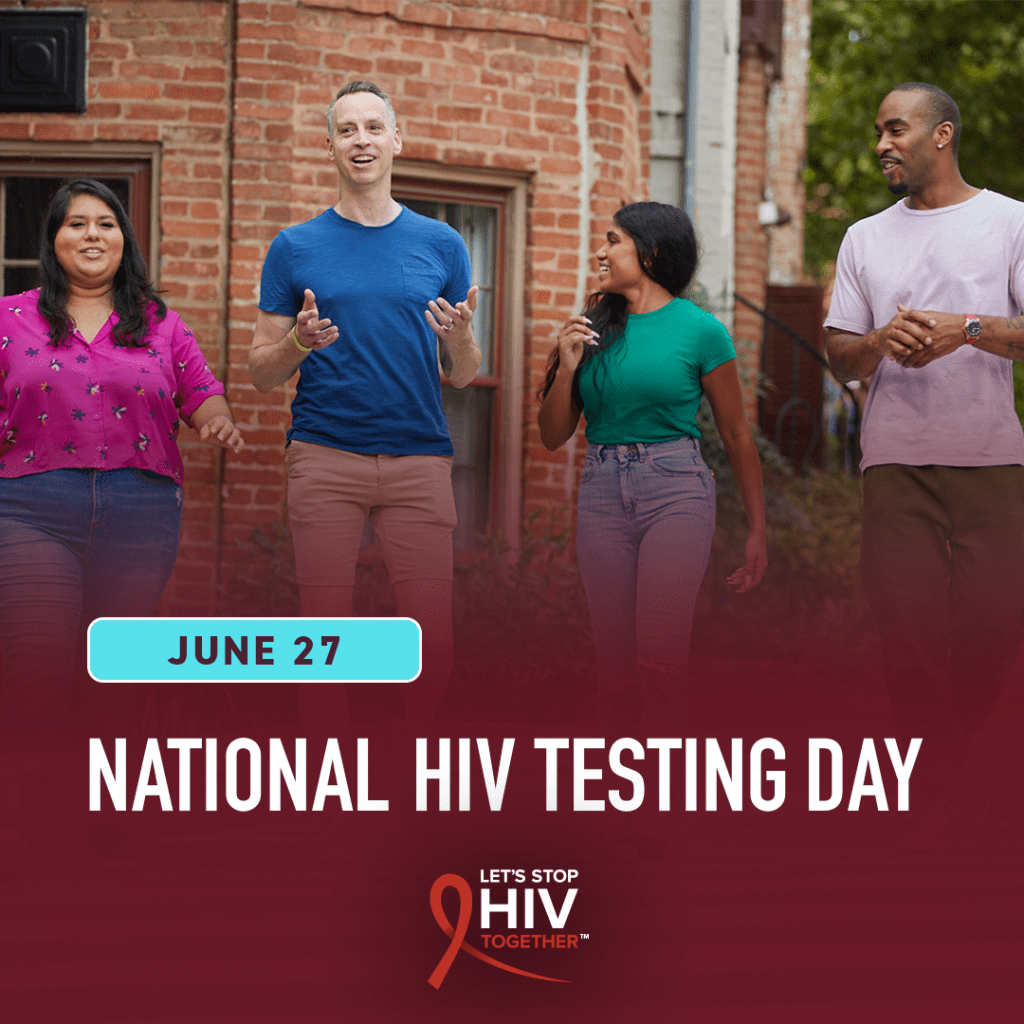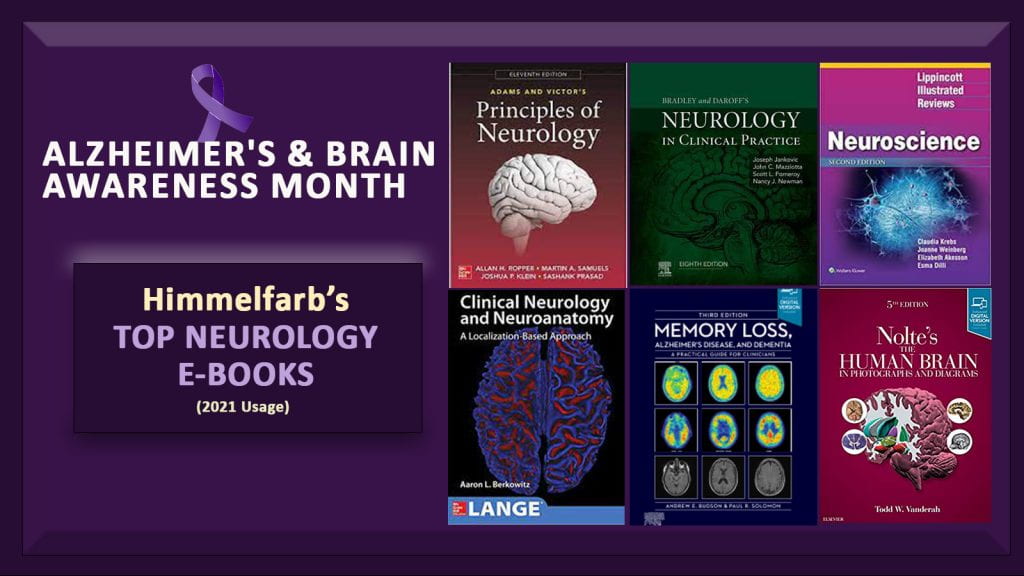[Photo Credit: Women of Color in Tech]
Himmelfarb Library’s Scholarly Communications Committee is pleased to announce five new short lectures have been added to our video library! This round of videos cover topics such as finding article publishing charges (APC) costs, changing citation styles in PubMed, contextualizing preprints and more.
Locating Article Publishing Charges (APCs)- In this video, you’ll learn about Article Publishings Charges (APCs), how to find them on a publisher’s website and at the end of the tutorial, receive some tips that will help you handle APCs.
Changing Citation Styles in PubMed- Would you like to learn how to switch from AMA to APA or MLA? This video will focus on changing citation styles when generating citations in PubMed.
Locating Manuscript Guidelines- Learn how to locate manuscript preparation guidelines and author resources for scholarly journals. This tutorial will guide you through three different journal websites to show you where manuscript guidelines are typically located.
Finding Journals with JCR- In this tutorial, you’ll learn about the Journal Citations Report database and how it can help you discover scholarly journals where you can submit your research for publication.
APA Citations for Legal Resources- Are you familiar with the Bluebook legal citation style? Do you want to cite case law, but are unsure of the proper citation format?This video will provide a basic introduction to this citation style used by the APA which is useful when citing legal resources.
These videos and the committee’s other videos from previous lectures are located under the ‘Scholarly Communications Video Tutorials’ tab on the Scholarly Publishing guide. The guide also includes resources to help scholars find a journal that will publish their research, tips on how to spot and avoid predatory publishers, ways to increase the visibility of your published research and more!
The Committee is working on another set of videos that will be released during the fall semester 2022. The committee members are eager for feedback and/or suggestions for video topics. We would love to hear from you! If you have a scholarly publishing topic that you’d like the committee to discuss, please contact the committee chair, Sara Hoover, at shoover@gwu.edu.









